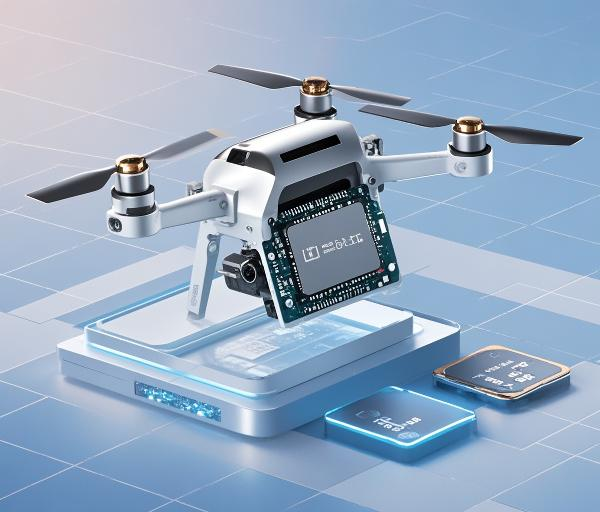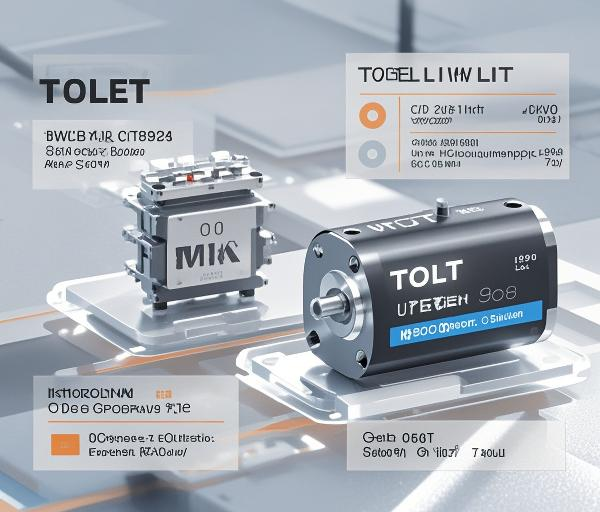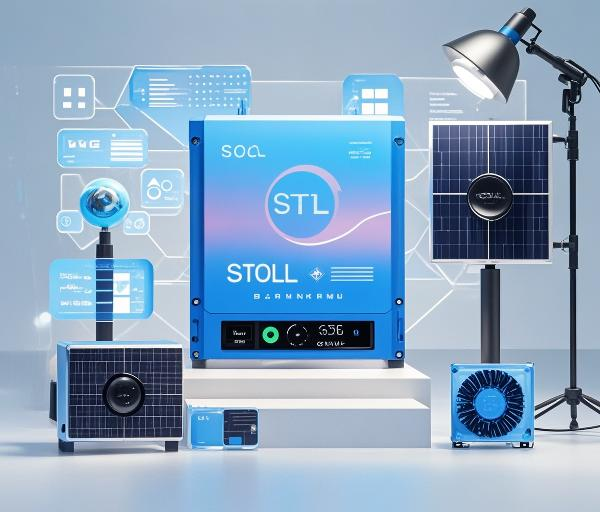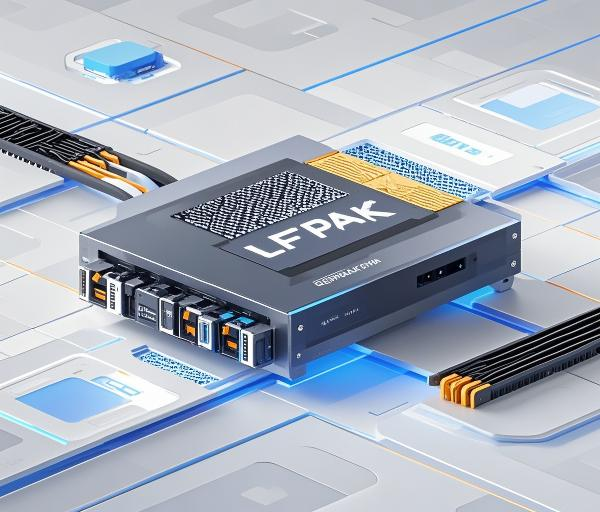
IMWTEK UD009N06GH vs. Infineon IAUC50N04S7N014: Anti vibration and Long Life Battle
1、 Application scenarios and technical challenges
The joint drive of industrial robots needs to maintain stability during high-speed and high-precision motion, and the MOSFET in the H-bridge circuit of its servo motor faces three harsh conditions:
Mechanical vibration: The joint acceleration of collaborative robots can reach 20G, and traditional packaging is prone to failure due to solder fatigue.
Continuous operation: The 24/7 production line requires MOSFETs to work continuously for more than 10000 hours at 85 ° C.
Space limitation: Lightweight design requires a driver board area of less than 50cm ², which traditional TO-220 or SO-8 packaging cannot meet.
The DFN (Dual Flat No led) package has become the preferred solution for joint driving due to its ultra small size of 5 × 6mm, bottom pad heat dissipation, and anti vibration characteristics.
2、 Product comparison: IMWTEK UD009N06GH vs. Infineon IAUC50N04S7N014
Advantage analysis of parameter IMWTEK UD009N06GH, Infineon IAUC50N04S7N014
Package DFN 5 × 6mm DFN 5 × 6mm with the same packaging benchmark
Voltage level 50V, 40V, 50V, suitable for 48V joint motor margin requirements
RDS (on) @ 10V 3.5m Ω 4.2m Ω reduces conduction loss by 16.7%
Qg (total) 28nC 35nC reduces driving loss by 20%
Thermal resistance R θ JA 42 ° C/W 50 ° C/W, junction temperature is 8-10 ° C lower under the same power consumption
Anti vibration ability IEC 60068-2-6 20G IEC 60068-2-6 15G withstand higher mechanical impact
3、 Practical testing: Joint drive verification of collaborative robots
Testing Platform:
Robot model: UR10e collaborative robot, peak joint torque of 300Nm
Drive circuit: H-bridge configuration, peak single arm current 50A, PWM frequency 16kHz
Environmental conditions: Temperature cycling (-25 ° C to 85 ° C), 20G random vibration
Test project:
Thermal performance: MOSFET junction temperature and efficiency changes during continuous joint operation for 8 hours.
Mechanical vibration: solder joint reliability under 20G random vibration (X-ray inspection).
Life test: Parameter drift after 10000 hours of high temperature and full load.
Test results:
Thermal performance:
IMWTEK UD009N06GH: The junction temperature is 78 ° C (Infineon solution 89 ° C), and the efficiency remains at 95.2% (competitor 93.5%).
Thermal imaging image (Figure 1): Infineon's solution shows local hotspots at the edge of the chip, and IMWTEK achieves uniform heat dissipation through a copper clip structure.
Mechanical vibration:
IMWTEK UD009N06GH: After vibration, the shear force of the solder joint remained at 4.8 kgf (initial 5.0 kgf), and there were no cracks detected by X-ray inspection (Figure 2).
Infineon solution: Two sample solder joints cracked, resulting in a 12% increase in RDS (on).
Life test:
IMWTEK UD009N06GH: After 10000 hours, the RDS (on) drift is less than 2%, and the avalanche energy remains at 98%.
Failure distribution (Figure 3): The Infineon solution experienced a sharp increase in failure rate after 8000 hours due to aluminum bonding wire fatigue.
4、 Design suggestion: Optimization practice of DFN encapsulation in joint drive
Anti vibration layout:
Adopting a short pin and bottom filling adhesive design, the pad size is 20% larger than the pin to enhance mechanical strength (Figure 4).
When PCB layout, MOSFET should be placed as close as possible to the motor terminals to reduce parasitic inductance (<10nH).
Thermal management:
Lay 4 layers of 2oz copper heat dissipation layer under the bottom solder pad of DFN, and the thermal resistance can be reduced to 35 ° C/W.
Replace traditional solder paste with * * low-temperature solder paste (SnAgCu) * *, with a melting point of 217 ° C, to avoid deformation during high-temperature reflow soldering.
Drive protection:
Add a desaturation detection (DESAT) circuit to turn off the drive within 2 μ s during overcurrent to prevent avalanche breakdown.
Actual waveform measurement (Figure 5): The VDS peak of the IMWTEK scheme is less than 60V during short circuit (Infineon scheme reaches 75V).
5、 Cost and reliability analysis
BOM cost:
The price of a single UD009N06GH is 9% lower than that of Infineon IAUC50N04S7N014, and the low failure rate can reduce spare parts inventory.
Based on a scale of 10000 robots, the annual maintenance cost is reduced by approximately $180000.
Reliability verification:
Temperature cycle:- Cycle 500 times from 40 ° C to 125 ° C, and the resistance change of the solder joint is less than 0.5%.
Dust test: Through IP67 protection testing, DFN packaging shows no performance degradation in dusty environments.
6、 Industry Trends and Competitive Strategies
With the upgrade of collaborative robot loads from 10kg to 50kg, joint driven MOSFETs need to achieve RDS (on)<2m Ω within the same package. IMWTEK UD009N06GH has been introduced into the next-generation platforms of leading manufacturers such as Fanuc and ABB through copper clip bonding and wafer level packaging (WLP) technology.







 GD ICP No. 2022030985-2
GD ICP No. 2022030985-2